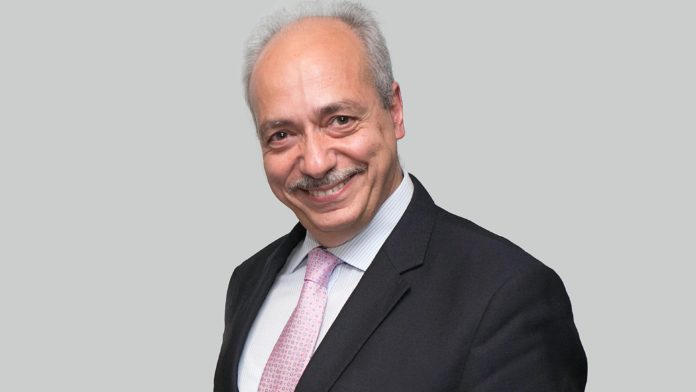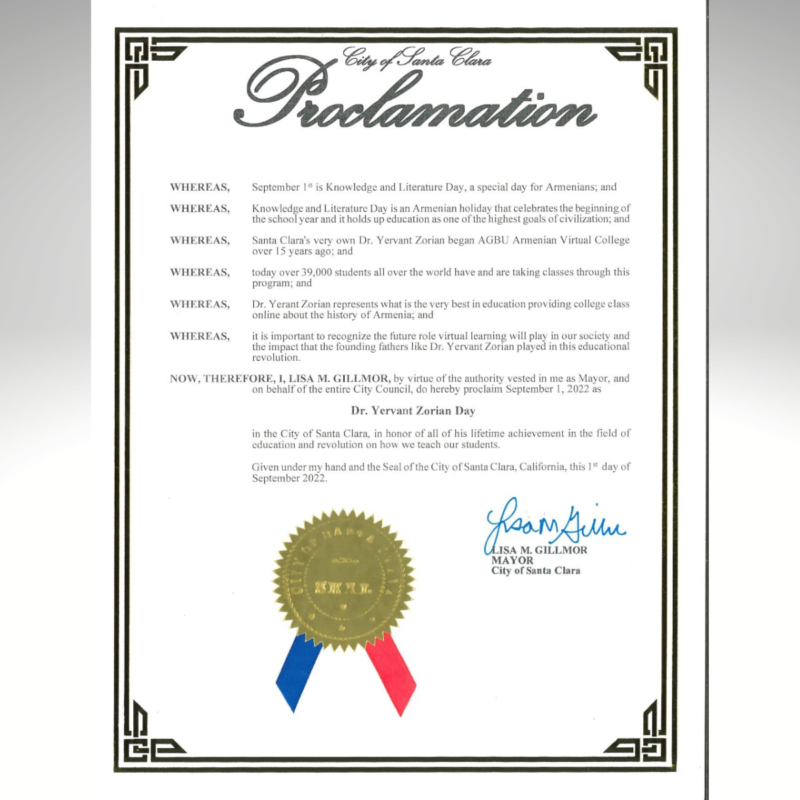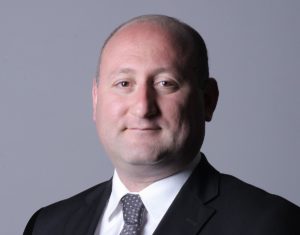WATERTOWN — Synopsys, Inc., based in Silicon Valley in Mountain View, California, is one of the largest software companies in the world, with over $4 billion in annual revenue and over 16,000 employees, according to its website. It helps design and verify complex silicon chips, which are omnipresent in everything from our smartphones to cars, and enables the processes needed to manufacture and maintain the health of those chips throughout their lifecycle, plus it provides software security. Founded over 35 years ago, it has 124 research and development centers around the world. Yerevan happens to host the largest of these sites after the original one in Silicon Valley. Its presence in Armenia is an important contribution to the local economy. The story of how this all happened is highly intertwined with the life story of Dr. Yervant Zorian.
Synopsys provides chip designers at many major companies with the building blocks necessary to provide the wide range of functionalities required of new chips, with a selection of thousands of such blocks. Today silicon chips may contain somewhere in the range of as many as 30-50 billion transistors or building blocks, and Synopsys provides most of those blocks and the software tools that puts them together. Zorian became involved in this field back during his graduate studies, with his McGill doctorate in the domain of self-testing and self-repairing in order to maintain the health of chips. He eventually registered 45 US patents and published four books on this and related topics.
Today Zorian serves not only as Fellow and Chief Architect in the company’s overall hierarchy, but also as president of Synopsys Armenia. He explained that most technology companies are run through a two-track system, management track and technology track. Follows and Chief Architects are at the top of the technology track. Zorian said that he focuses on technology roadmaps, working closely with the major chip designers that use the building blocks and software tools produced by Synopsys to prepare the technology that they require in the next three to five years. It is the technological track’s equivalent of vice president in the managerial track.
Zorian Comes to Armenia
When the Soviet Union collapsed, Zorian was working at AT&T’s Bell Labs. He said he knew that Armenia had the ability for doing sophisticated research and development (R&D) due to the investment of the Soviet Union there in the fields of computer and communication systems. Armenia developed systems up to the stage of prototyping, and the universities, the Armenian Academy of Science and various institutes were involved, so that a culture of innovation solutions and the education for it was already present. Armenia had the chip design and system design culture, but manufacturing was not that sophisticated because of the gap in the Soviet Union compared to the US in this field.
Zorian said, “What I did initially was to establish links and find out who were my counterparts in electronic systems design. Even though I had been to Armenia before independence, I never had the chance to talk with my technology counterparts before.” Based on his prior knowledge, he prepared a two-page memo to Louise Simone, then president of the Armenian General Benevolent Union (AGBU), suggesting that all the investment of the Soviet Union in these specialists could disappear very quickly and the latter could leave for other countries unless they were provided with funding and work. He said he advocated supporting Armenia to revamp and retrain its workforce in order to be able to take on projects and contracts with Western firms. More sophisticated research and development work in Armenia would lead to higher paid jobs and more value added to the results.











